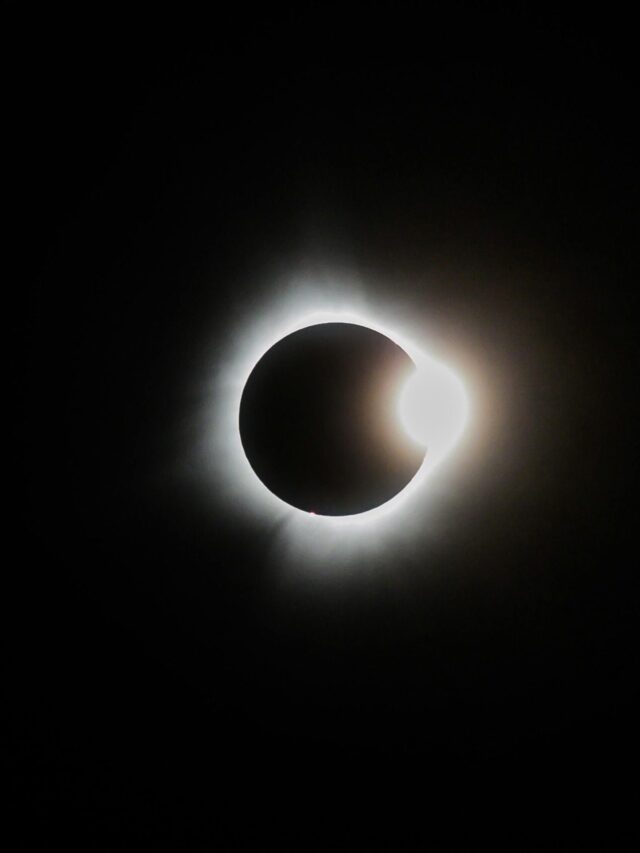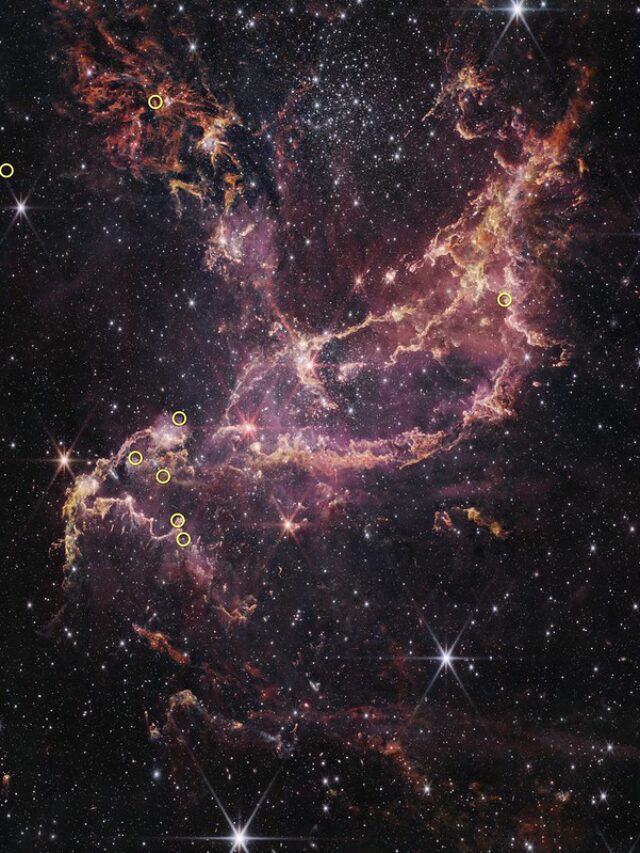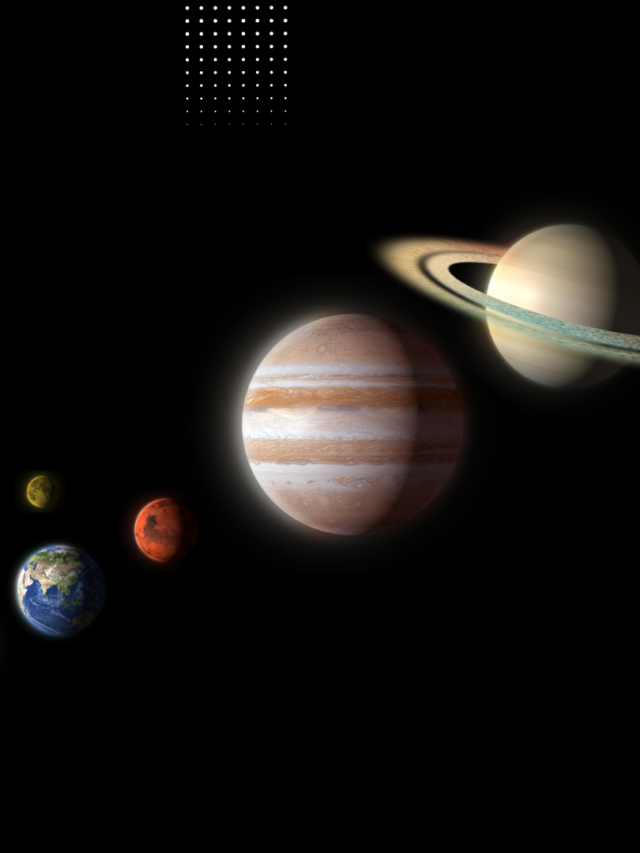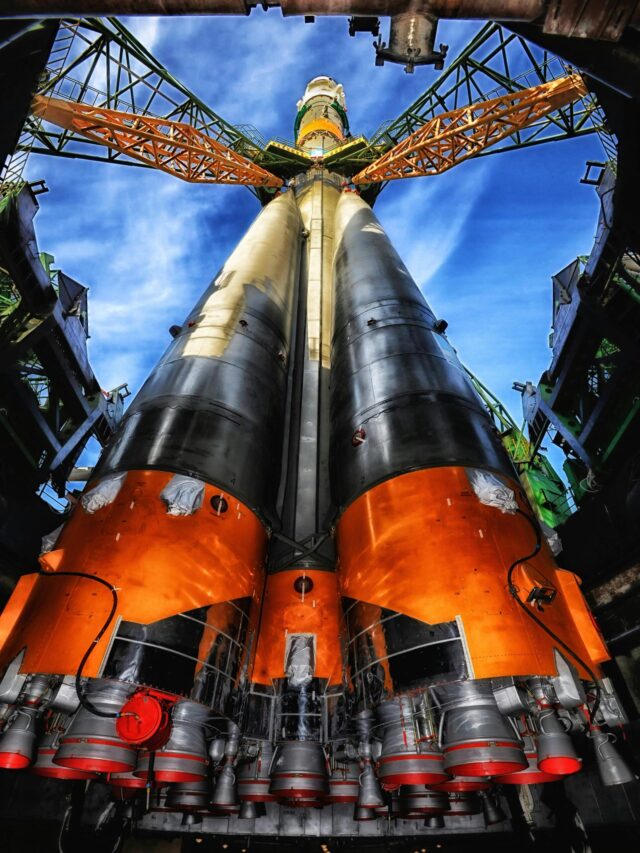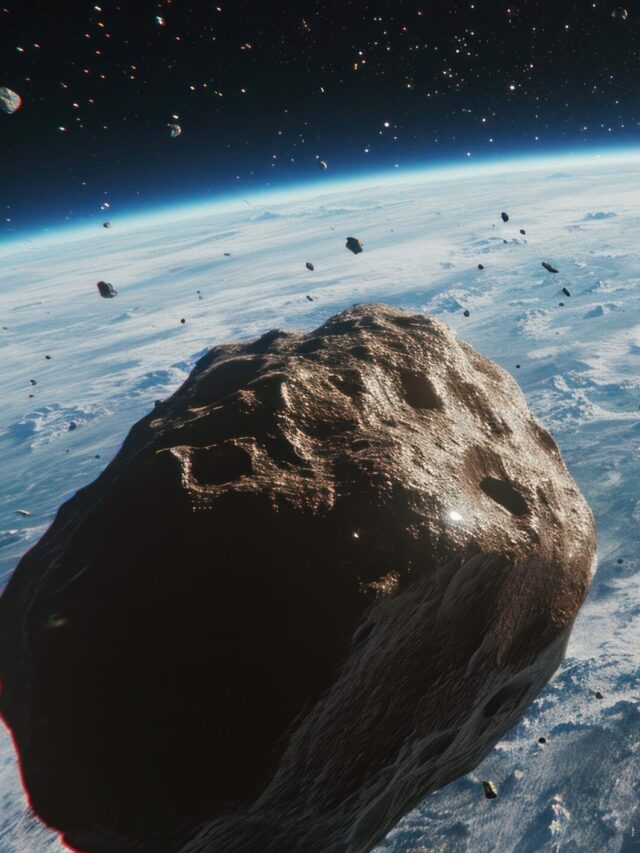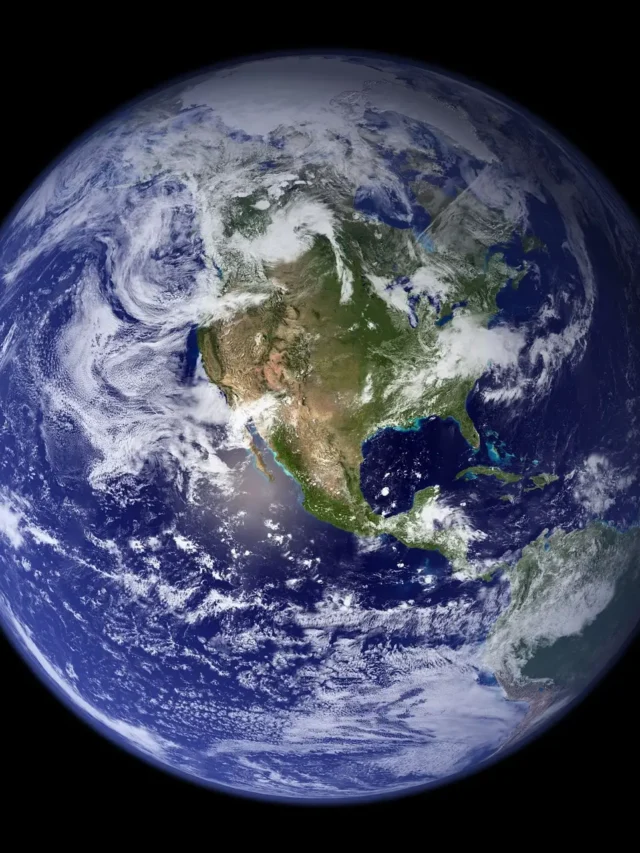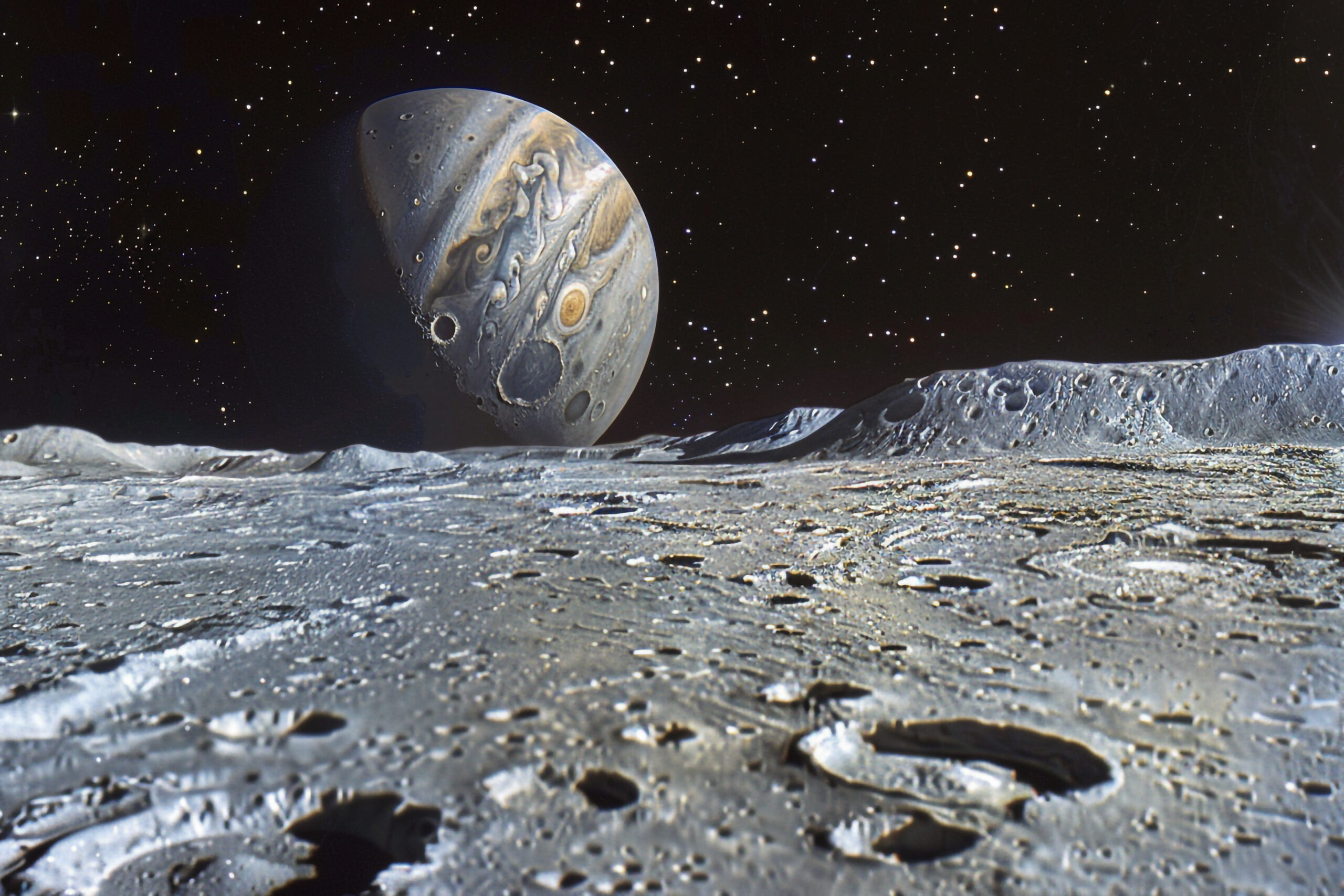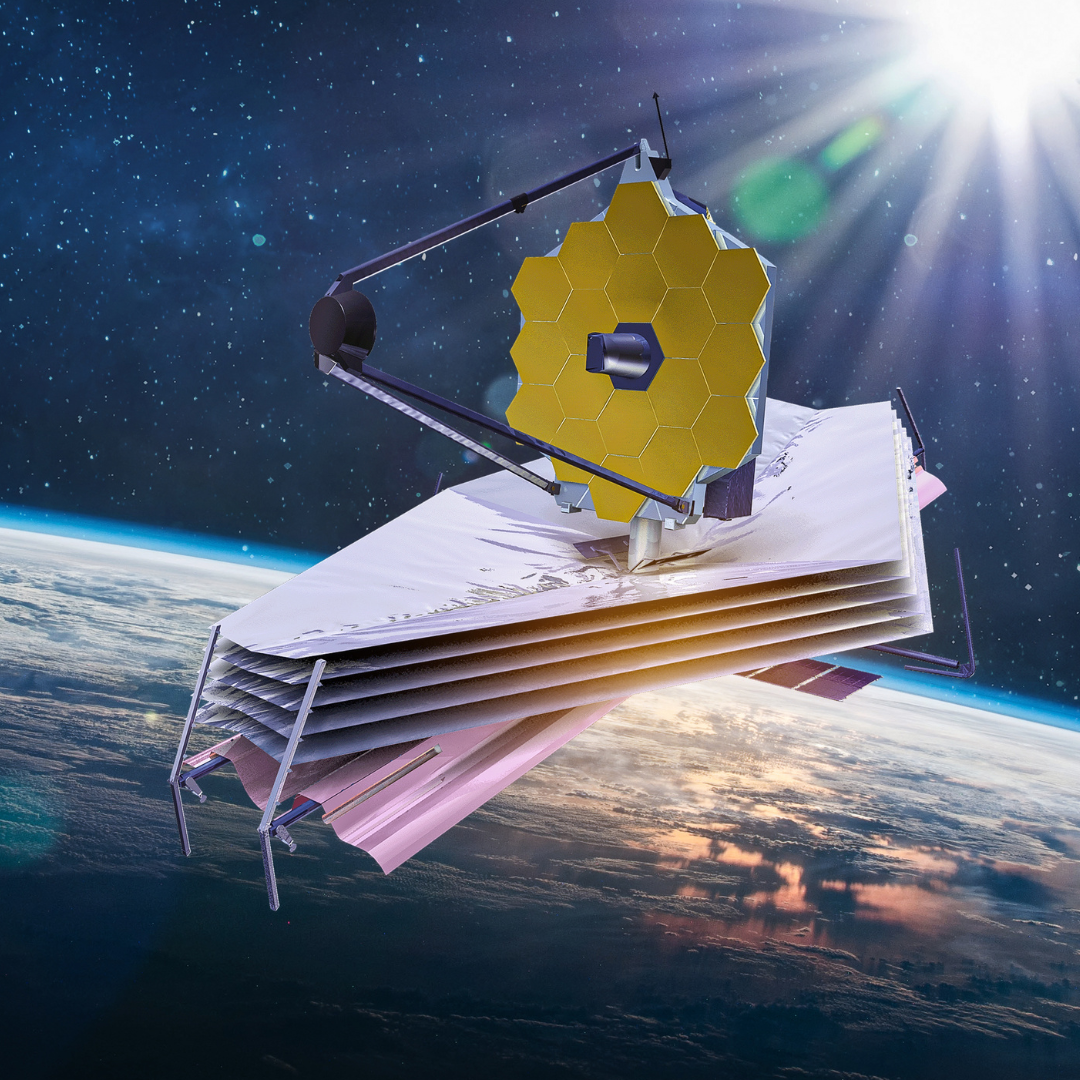🌌 Introduction
Types of space Missions Ever looked up at the night sky and wondered how far we’ve really gone? Space missions are humanity’s greatest adventures — daring leaps into the unknown. From sending robotic scouts to distant planets to stepping foot on the Moon, space missions reveal the infinite potential of science, technology, and human curiosity.
🚀 What Are Space Missions?

Space missions are carefully planned journeys into space with specific goals. Whether it’s studying a distant galaxy or landing a robot on Mars, these missions push the boundaries of our knowledge and capabilities.
🌍 Why Space Exploration Matters
You might wonder: why spend billions on space when we have problems on Earth? Because space research gives us more than cool facts—it powers innovation in communication, weather forecasting, medicine, and even disaster management. Plus, it answers the biggest question of all—are we alone?
🛰️ Types of Space Missions
Let’s dive into the many kinds of missions that take us beyond our world.
🤖 Robotic Space Missions

These are unmanned missions designed to go where humans can’t—yet.
📡 Flyby Missions
These missions pass closely by a celestial object, gathering snapshots and data. Example: Voyager 1 & 2.
🪐 Orbiter Missions
Orbiters like Mars Reconnaissance Orbiter circle planets for long-term observation.
🌋 Lander Missions
These actually land on a planet or moon’s surface. Think of NASA’s InSight mission on Mars.
🚗 Rover Missions
Rovers like Curiosity and Perseverance roam planetary surfaces, analyzing rocks and searching for signs of past life.
READ MORE:What is Faster Than Speed of Light?
🧑🚀 Crewed Space Missions

These missions carry humans into space. High risk, high reward.
🛫 Suborbital Flights
Short trips just touching the edge of space, like those by Blue Origin’s New Shepard.
🛰️ Orbital Missions
These send astronauts into orbit for extended stays. The ISS is a prime example.
🌕 Lunar Missions
Apollo 11 put the first humans on the Moon. NASA’s Artemis program is planning a comeback.
🚀 Mars Missions (Future)
NASA and SpaceX are racing toward sending humans to Mars, potentially by the 2030s.
🔭 Space Telescopes & Observatories
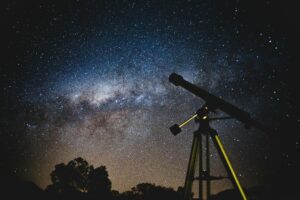

These stay in space to observe the universe far beyond Earth’s atmosphere.
📷 Hubble Space Telescope
Launched in 1990, Hubble has captured the most breathtaking images of our universe.
🪞 James Webb Space Telescope
Launched in 2021, JWST is peering deeper into the cosmos than ever before.
📡 Space Probes
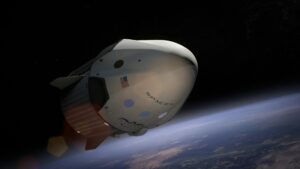
Probes are robotic missions that travel to space without orbiting or landing.
🌍 Interplanetary Probes
These explore other planets. Example: Galileo (Jupiter), Juno (Jupiter), and Cassini (Saturn).
🌌 Interstellar Probes
Voyager 1 is the first human-made object to enter interstellar space—mind-blowing, right?
🎯 Specialized Space Missions
Space isn’t just about planets and stars. There’s much more happening out there.
🏢 Space Station Missions
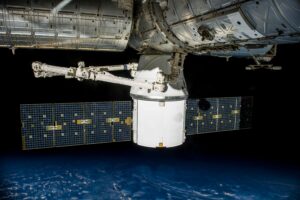
Floating labs in low-Earth orbit.
🛰️ ISS (International Space Station)
Jointly run by NASA, Roscosmos, ESA, JAXA, and CSA—it’s been occupied continuously since 2000.
🇨🇳 Tiangong Space Station
China’s answer to the ISS—Tiangong aims to be a fully operational space station by the mid-2020s.
🛩️ Commercial Space Missions
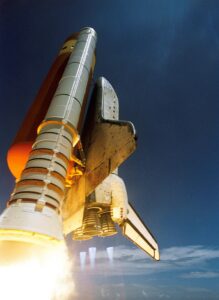
Private companies are revolutionizing space travel.
🚀 SpaceX Missions
From launching satellites to ferrying astronauts, Elon Musk’s SpaceX is a game-changer.
🛸 Blue Origin & Virgin Galactic
Offering space tourism—soon, even you might take a trip beyond the clouds.
🛡️ Planetary Defense Missions
Yes, we’re actually preparing for asteroid threats!
💥 DART Mission
NASA’s Double Asteroid Redirection Test successfully crashed into an asteroid to alter its trajectory—Hollywood-style but real!
⛏️ Asteroid Mining Missions (Future)
The next gold rush? Mining asteroids for rare minerals could become a multi-trillion-dollar industry.
🌍 Biggest Space Mission in History
Now, let’s rewind to the most iconic missions ever launched.
🌕 Apollo 11 – First Human on the Moon
In 1969, Neil Armstrong became the first person to walk on the Moon. It was “one small step for man, one giant leap for mankind.”
🚙 Mars Perseverance Mission
Launched in 2020, this rover is exploring the Red Planet like never before—collecting samples and prepping for human arrival.
🔭 James Webb Space Telescope Launch
In 2021, JWST launched on a $10 billion mission to unlock the secrets of the early universe.
🚀 Artemis Program – Return to the Moon
NASA’s Artemis aims to land the first woman and person of color on the Moon by 2026—ushering in a new era of lunar exploration.
🛰️ Voyager Missions – Humanity’s Message to the Stars
Launched in the 1970s, Voyager 1 and 2 carry golden records with sounds and images of Earth—for any alien civilizations out there.
🔮 Future of Space Missions in 2025 and Beyond
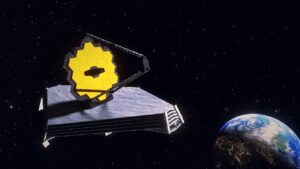
We’re just getting started. Here’s what the future holds.
🧳 Space Tourism Expansion
Companies are selling tickets to space. 2025 could be the year space travel goes mainstream.
🧑🚀 Mars Crewed Missions Preparations
NASA and SpaceX are testing life support, habitats, and rockets for the Red Planet.
🌕 Moon Bases & Habitats
Permanent Moon bases could be operational by the late 2020s—like sci-fi made real.
🔍 Next-Gen Telescopes
Beyond JWST, telescopes like LUVOIR and HabEx are in development to study habitable planets.
🧠 Conclusion
Space missions are not just scientific quests—they’re bold statements about humanity’s curiosity and courage. Whether we’re orbiting Earth or sending probes to the edge of the solar system, each mission tells a story of determination, innovation, and vision.
As we move further into 2025, the sky isn’t the limit anymore—it’s just the beginning.
❓FAQs
What is the difference between robotic and crewed missions?
Robotic missions are unmanned and remotely operated, while crewed missions involve human astronauts traveling into space.
Which is the most expensive space mission ever?
The International Space Station, costing over $150 billion, holds the record for the most expensive space project to date.
Will humans go to Mars by 2030?
That’s the goal! NASA and SpaceX are actively working toward crewed Mars missions before 2030.
What was the first successful space mission?
Sputnik 1, launched by the Soviet Union in 1957, was the first artificial satellite and the first successful space mission.
Why do we still invest in space missions?
Because they spark innovation, enhance global technology, help us understand the universe, and may even ensure humanity’s survival in the future.
**Please don’t forget to leave a review.
